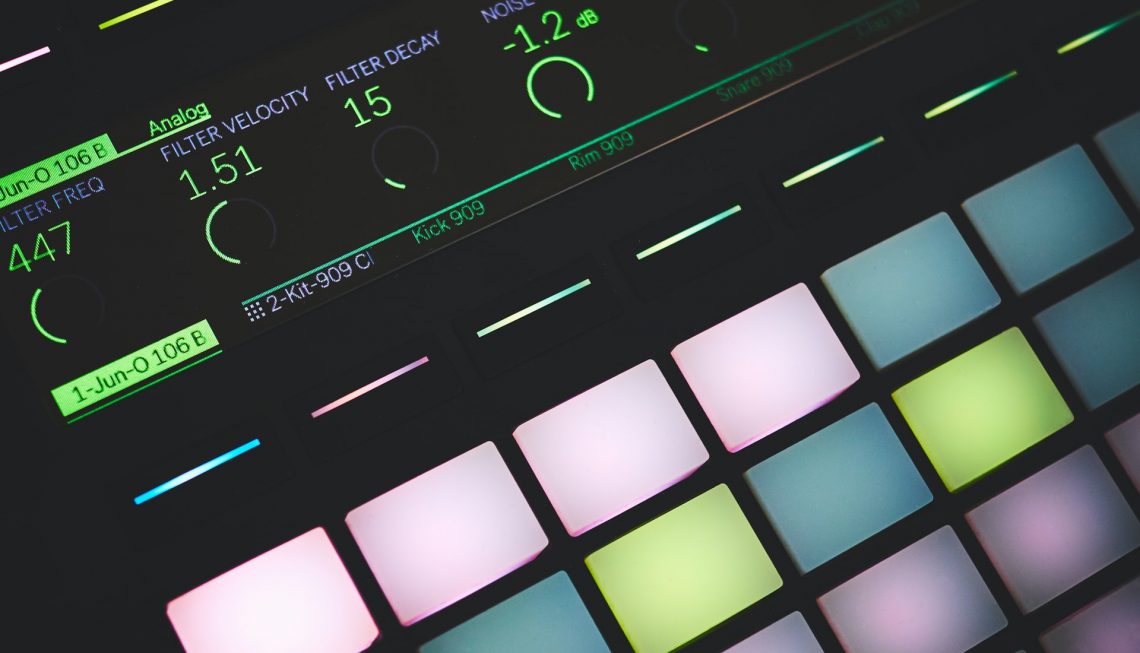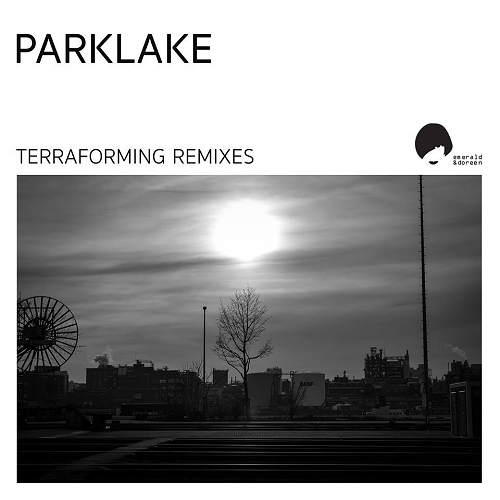
Do you need a signature sound?
A signature sound is a style an artist creates over the years. Most of the time, the singer dominates the sound of a band, but a signature sound can consist of rhythmic patterns, structures, melodies or sound design. It’s the sound that comes straight into your mind, when somebody speaks of a certain band or artist. Just the other way round, an artist with a signature sound can be easily recognized when played in radio stations. Let me share my thoughts.
When singers change the sound of a band
Having a charismatic singer can be a blessing and a curse. Most people recognize voices better than guitar playing skills or synthesizers. Maybe this is the reason why most bands are characterized and even led by their singers.
What happens to the band, if the singer leaves?
Some bands split, others try to find a singer with nearly the same range and characteristics. Nightwish is a good example for a band with different singers who haven’t changed their signature sound over decades. Of course, the different singers affected the sound of Nightwish, but in my honest opinion their signature sound is that mixture of heavy metal with orchestral scoring, a touch of musical and progressive rock. The outstanding songwriting skills of Tuomas Holopainen created songs for each singer, that a) suited the Nightwish signature and b) their voices. Here are two examples from the YouTube channel of their label. One with Tarja and one with Anette.
Sometimes, the signature sound shifts though the band stays nearly the same. Have you ever compared todays’ Within Temptation records to the first albums? Sharon den Adel sung in soprano range and shifted to mezzo-soprano, but her voice sounds totally different now. Her vocal technique changed a lot. Over the years, the rather operatic symphonic metal style moved towards stadium rock to suit that new voice type. Their topics in songwriting never changed at all.
Arrangements can be signature sounds as well
The above examples are great for explaining how a vocalist affects the sound of the band. But when it comes to electronic music production, most projects don’t have a fixed line-up. Producer and songwriter may stay the same, but the lyricists and singers change each song.
How does a producer or songwriter achieve a signature sound?
In the electronic music scene, sound design became a major topic. You can spot VIZE by one of a thousand EDM productions just because of that slap bass (example of his YouTube chanel). Or Eric Prydz with his innovative side chain compression method, which sound like a pumping bass. You may know this one from his single “Call on me” (link goes to the official YouTube channel). When a certain sound is trending, this leads to massive copy-catting. Still, the sound is usually attached to the person who had the first breakthrough with it. Hopelessly, this is not always the person who invented it.
Another good example for signature sound is pop producer and songwriter Adam Young (Owl City). His style is about bright synthesizers with massive pads and string arrangements. Though mostly sticking to pop, his arrangement spread an airy feel touching electronic music or singer-songwriter. Another interesting thing about his songwriting is, that his signature sound goes down to the lyrics. Have a deeper look into the choice of words and grammar.
Does an artist need a signature sound?
A signature sound may help to create a recurring audience. Developing a signature sound takes years. It is your unique selling point, your outstanding bit which makes you a better guitarist than your neighbour, a better sound designer than some random people on YouTube or writing lyrics with a conscious choice of words. Don’t be distracted, when people compare your sound to other artists. It’s mainly because you hit their signature sound by chance. Maybe, these comparisons already push you into the right audience. Copying the signature sound of other artists or producers feels wrong, though. It may open an audience, but you will always stand in the shadows and block yourself from developing an own sound.
In my honest opinion you cannot design your signature sound by brainstorming, copying or investigation. You cannot achieve your sound on purpose. Forget about how you sound, just do what you feel. Maybe you just hit the right tone at the right moment and found your perfect niche. Maybe this will never happen. I do not think that a signature sound is a must. Relying too much on magic that may never happen can destroy your creativity and lead to blocks. Another problem may occur, when you found your signature sound and strain too much on keeping it. Your music will lose that easy and authenticity.
Have I developed a signature sound?
After producing and writing music for over ten years, I have thought a lot about that topic. Are people able to find my songs in the midst of a hundred? What is my signature sound, when I jump around in over thirty different styles of music? Have I already have some sort of signature sound?
Honestly, I would answer this question with “no”. I tried to establish an own sound twice by using a combination of synthesizers and chords, like in “Intensively“. This worked pretty well for three or four songs, but then it’s gone. I felt the pressure, when every new song had to have this synthesizer – and I also felt this kind of creative block, I mentioned in the previous sections.
Letting go of that topic, I figured out, that signature sound can mean a total different thing: Personal preferences. When I let my creative juices flow, it’s pretty clear that I write something in some kind of minor scale (or minor sounding modes), with some strings, piano and a melancholic set of lyrics. No matter if that’s trance, rock or even metal. As producer, I also have a certain way or EQ’ing and compression. You probably would never hear a soft broad acoustic sound on my recordings, no matter who sings or plays. If my band The Verge were produced by another person, it would sound different. But still, I don’t feel like I have had a signature sound. And I don’t miss it.
Note: Some links of this blog post lead to official YouTube channels of the artists or labels, because it is hard to illustrate the topic without proper examples. I don’t receive money or clicks by linking to these channels or mentioning the artists.




